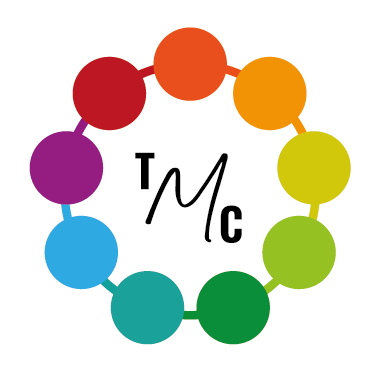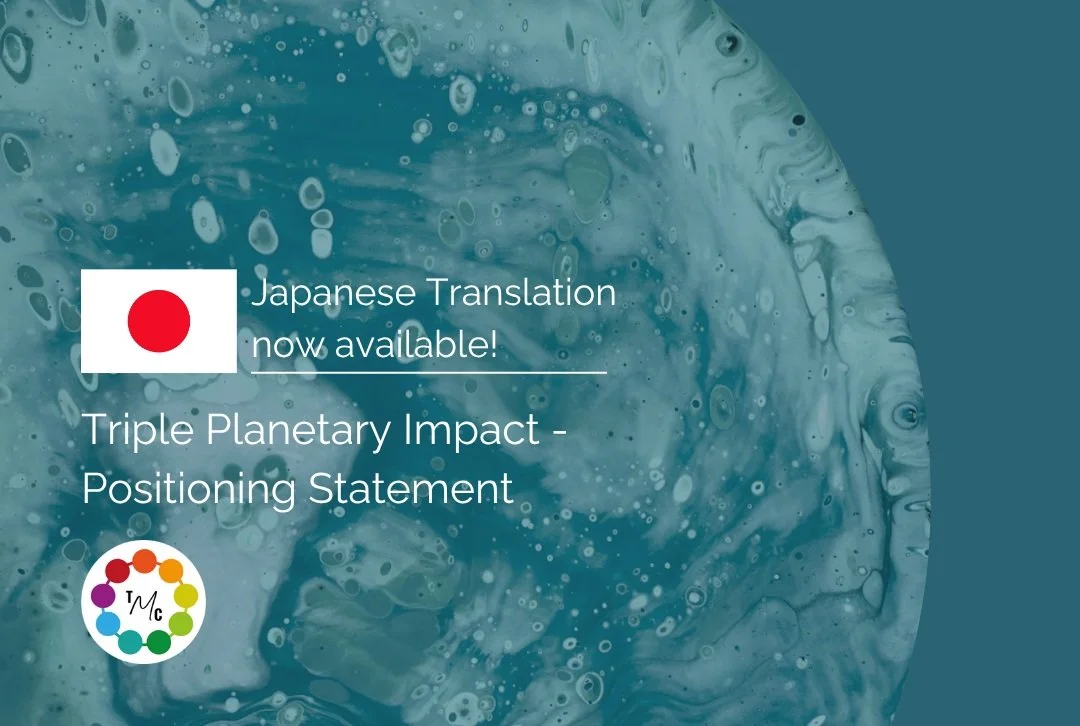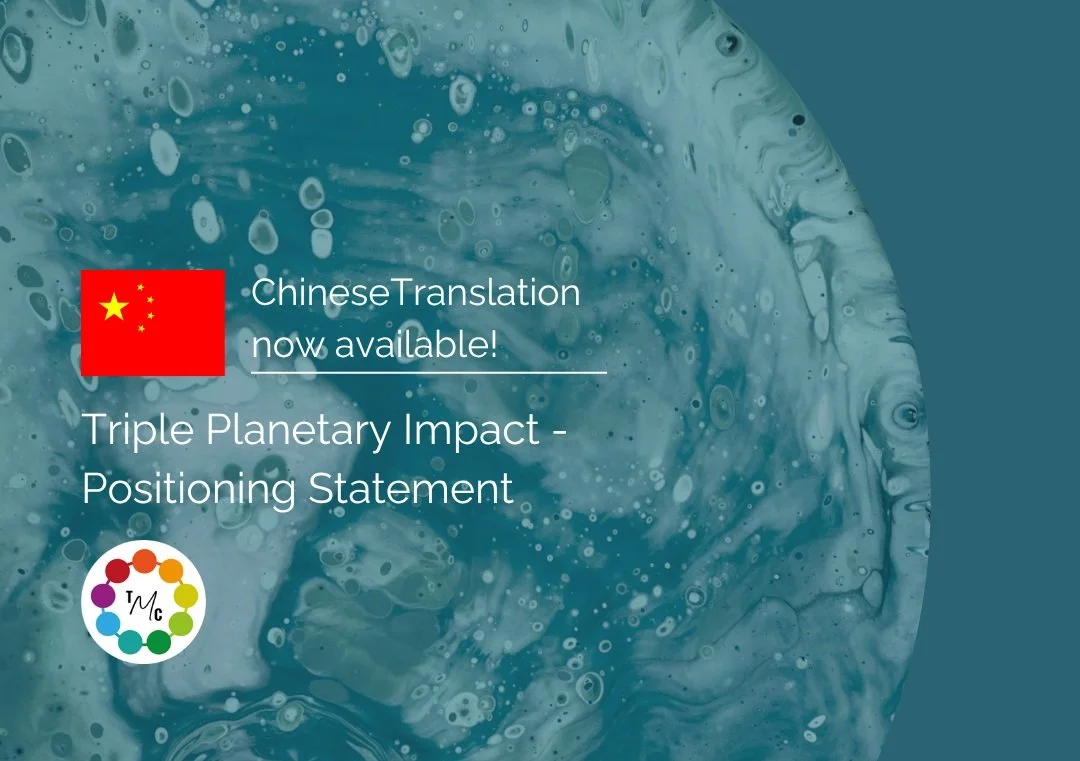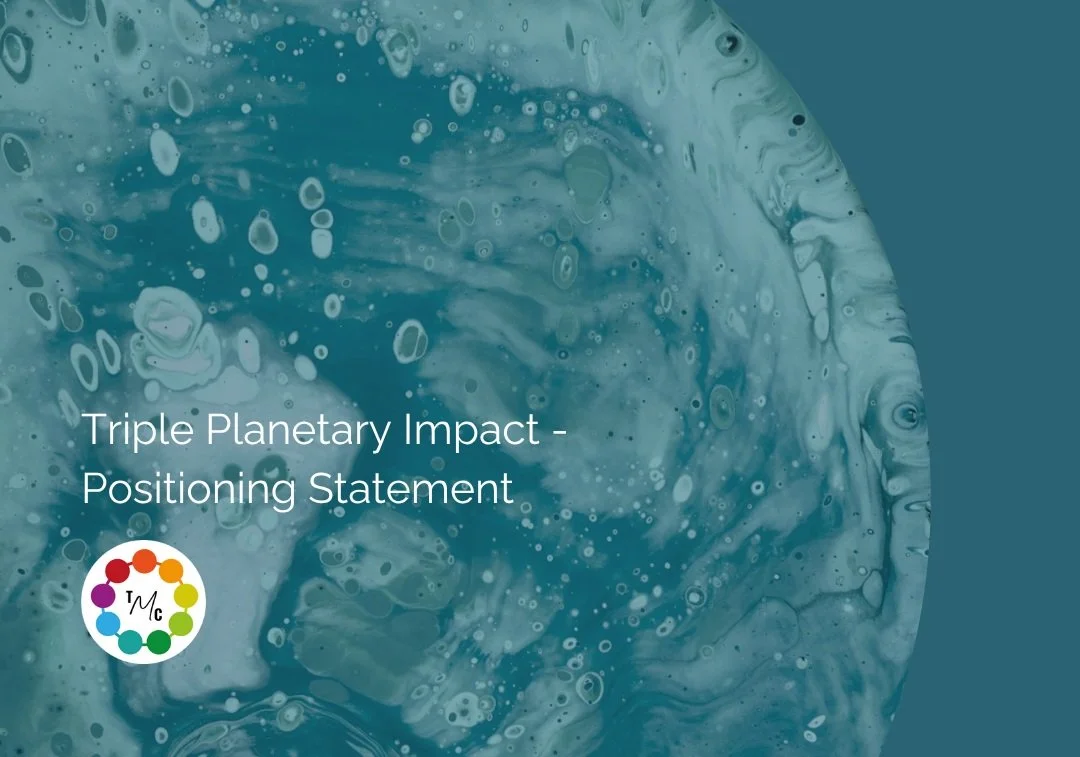RESOURCES
As a science led non-profit organisation, TMC are delighted to share a selection of our latest resources for addressing the issue of fibre fragments in the fashion and textile industries.
Progress and Alignment
Three years into The Microfibre 2030 Commitment and Roadmap, this report documents progress made in advancing our common ambition to work towards zero impact from fibre fragmentation from textiles to the natural environment.
TMC Progress Update 2022/2024
Following the launch of The Microfibre 2030 Commitment and Roadmap in 2021, this progress update showcases the collaborative initiative’s achievements to date and includes the latest insights from global tests and research analysis.
TMC Progress Update 21/22
It is vital to clearly define the parameters of discussion. To address this, The Microfibre Consortium has established a glossary of terms, taking a further step towards a globally aligned approach.
TMC Glossary of Terms
Microfibre Roadmap v2.0
While our ambition remains the same, the specific steps required as we approach 2030 have become clearer. With this revised Microfibre 2030 Roadmap we are ready to continue our journey with greater clarity and confidence.
‘Behind the Break’: Exploring Fibre Fragmentation Report
A new report from Fashion for Good and TMC, which aims to offer a snapshot of the issue of fibre fragmentation through the lens of the textile and fashion industry, unpacking various aspects of this complex issue.
NEW!
‘Behind the Break’: Exploring Fibre Fragmentation Closing Report
The closing report from Fashion for Good and TMC, which outlines key learnings from this study and lists next steps for further research across the fibre fragmentation landscape.
Microfibre Data Portal Insights
NEW!
This report provides an annual quantitative summary to credibly monitor and report on the general status of fibre fragment loss in tested finished fabrics, as it changes over time.
The Microfibre Data Portal Annual Insights Report 2025
TMC in collaboration with a handful of research groups conducted a small-scale study of the effect of recycled polyester fibres on fibre fragmentation in fabrics.
TMC rPET Technical Research Report
Analysis of The Microfibre Data Portal was conducted to determine how the replacement of virgin polyester with recycled polyester affected fibre fragmentation. TMC outline their position.
TMC rPET Positioning Statement
NEW!
Root Cause Analysis Report
A first-of-its-kind statistical analysis of over 1,000 tested fabrics within the Microfibre Data Portal. This report identifies the material characteristics most likely to influence fibre fragmentation according to our dataset.
Strategy
Fibre Fragmentation as an integral part of Biodiversity, Pollution and Climate strategies
A positioning statement on the multifaceted risks posed by fibre fragmentation and the need for urgent integration into strategies.
關於纖維碎片化的立場作為生物多樣性、環境污染和氣候戰略組成不可或缺的一部分。(Traditional Chinese)
A positioning statement on the multifaceted risks posed by fibre fragmentation and the need for urgent integration into strategies.
关于纤维碎片化的立场作为生物多样性、环境污染和气候战略组成不可或缺的一部分。(Simplified Chinese)
A positioning statement on the multifaceted risks posed by fibre fragmentation and the need for urgent integration into strategies.
生物多様性、環境汚染、気候戦略の不可欠な部分としてのファイバーフラグメンテーションに関する見解 (Japanese)
A positioning statement on the multifaceted risks posed by fibre fragmentation and the need for urgent integration into strategies.
Public Webinar: An Introduction to Fibre Fragmentation & The Triple Planetary Impact
Hosted by TMC with industry guest speakers. This webinar will explain the gravity of the issue commonly known as microfibre pollution, that we face today.
Public Webinar: Fibre Fragmentation as an integral part of Environmental Pollution strategies
Hosted by TMC with industry guest speakers. This webinar is a 1-hour deep dive into fibre fragmentation and environmental pollution.
Public Webinar: Fibre Fragmentation as an integral part of Biodiversity strategies
Hosted by TMC with industry guest speakers. This webinar is a 1-hour deep dive into fibre fragmentation and biodiversity loss.
Public Webinar: Fibre Fragmentation as an integral part of Climate Change strategies
Hosted by TMC with industry guest speakers. This webinar is a 1-hour deep dive into fibre fragmentation and climate change.
Manufacturing
Fibre Fragmentation in Wastewater: Snapshot Guidance for Brands & Retailers
A succinct resource providing guidance to brands and retailers on mitigating microfibre pollution in wastewater across the industry.
Fibre Fragmentation in Wastewater: Snapshot Guidance for Suppliers
A one-page document outlining actions for suppliers to mitigate microfibre pollution in wastewater across the industry.
TMC and industry experts developed a series of recommended approaches that can be taken across the supply chain to control the release of microfibres within manufacturing wastewater.
TMC Preliminary Manufacturing Guidelines
TMC E-Learning Course: ‘Control of fibre fragments in wastewater’
The course identifies approaches and best practices that can be taken throughout the supply chain, to help textile manufacturers reduce the release of microfibres into wastewater during production processes.
A project between TMC and ZDHC has found a correlation between Total Suspended Solids (TSS) measurements and microfibre concentration. Read the report.
TSS as an Indicator of Fibre Fragments in Wastewater
TMC and industry experts developed a series of recommended approaches that can be taken across the supply chain to control the release of microfibres within manufacturing wastewater.
入門指南:廢水 中 微纖控制 (Mandarin Translation)
TMC and industry experts developed a series of recommended approaches that can be taken across the supply chain to control the release of microfibres within manufacturing wastewater.
入门指南:废水 中 微纤控制 (Chinese Translation)
A global effort is necessary in textile manufacturing, to effectively control fibre loss through wastewater management. TMC outline how a ‘no regrets’ holistic approach should be implemented.
TMC Manufacturing Positioning Statement
TMC E-Learning Course: ‘Controllo dei frammenti di fibre nelle acque reflue’ (Italian Translation)
The course identifies approaches and best practices that can be taken throughout the supply chain, to help textile manufacturers reduce the release of microfibres into wastewater during production processes.
Biodegradability
TMC Biodegradability Positioning Statement
The topics of biodegradation and fibre fragmentation are both complex in their own right. TMC outline that currently, biodegradability is not a ‘solution’ to fibre fragmentation from textiles.
This document is intended to be used as guidance on what materials can be considered biodegradable, what their degradation pathways are, and how they should be communicated.
TMC Biodegradability Report





















